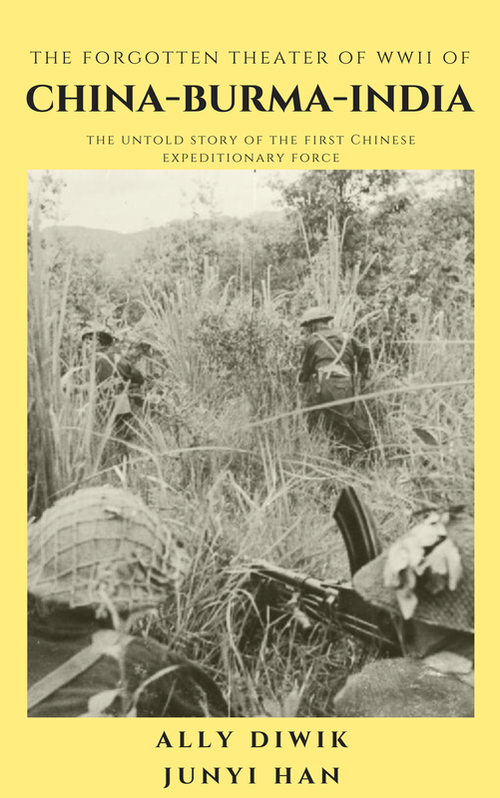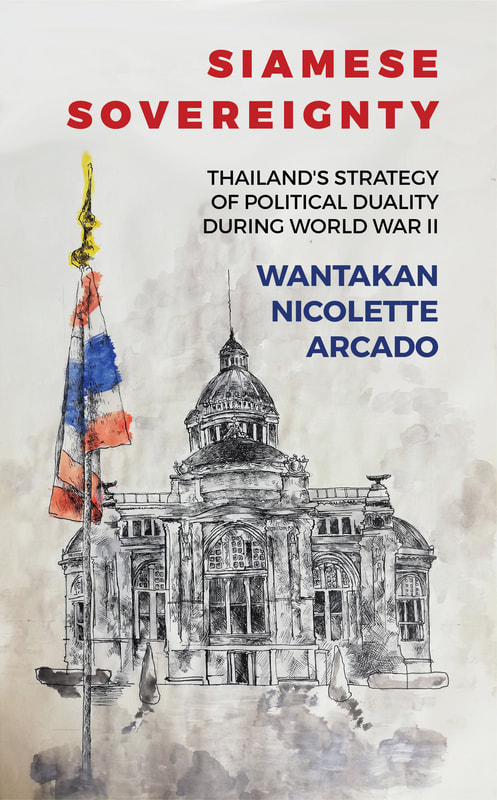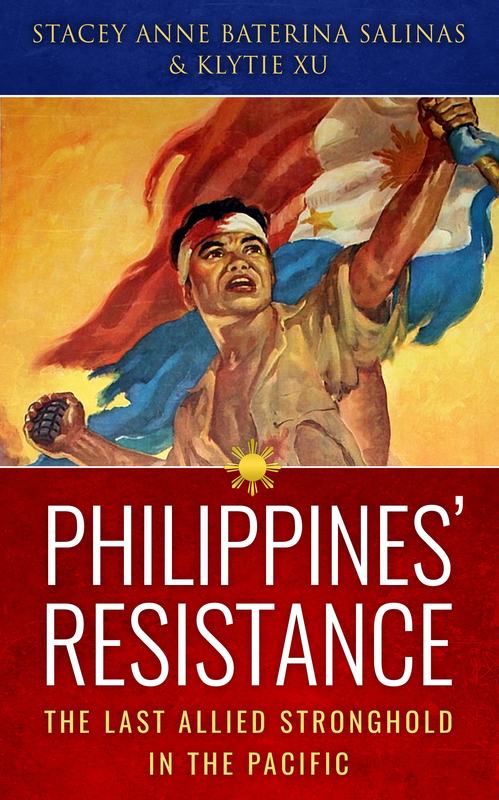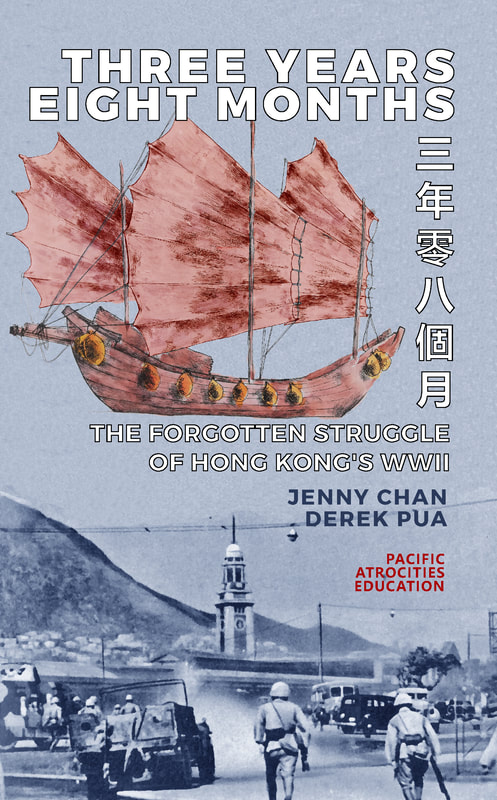|
By Carolina S. Ruiz, Research and Resource Development Associate at Alpha Education “The real disease of the world is the legality and availability of war.” Salmon Levinson, 1917 The recent assassination of Iran’s top General, Qasem Soleimani, on President Trump’s orders sparked an international crisis and sent US allies in the region scrambling. NATO immediately canceled a Canadian-led training mission in Iraq and, in turn, Iraq asked the United States to withdraw its troops from Iraqi soil. Soleimani’s funeral drew hundreds of thousands of Iranians clamoring for a swift military response against the United States, and many took the Pentagon’s communications blunder as a telltale sign of confusion reigning within the US administration. Then, 7 days into the New Year, at around midnight Eastern Standard Time, many of those watching breaking news on late-night TV and social media sat in bated breath as Iran’s retaliation, a series of ballistic missiles aimed at US military targets in Iraq, began. While neither Iran nor the United States currently appears to be making further moves that pose a danger of escalating the conflict, hostilities can hardly be said to have completely died down, especially since conservative hawks continue to press for further military action by the US. Few will disagree that the acceptance of legal norms such as the prohibition of the use of force between states and human rights as important moral commitments depends largely on their tangibility – that is, as enforceable institutional and legal regimes. Recently, however, the idea that the narratives we invoke to tell the origin stories of international legal norms contribute to their continuing significance has also gained ground. Many challenges to the dominant narratives of postwar peace, justice, and unity are founded on historical evidence, but they have also helped to foreground marginalized historical actors whose contributions have traditionally been left out of conventional historical accounts. Instead of romanticizing postwar consensus, acknowledging the social divisions that had to be questioned and still need to be overcome adds clarity to the current day project of consensus-building around those legal norms. Many of us had barely recovered from the brief mid-week New Year’s break when we realized that one of the worst fears of our age seemed to be unfolding right before our eyes: war. According to various polls conducted through 2016, over 76% of Americans, 55% of Canadians and 48% of Russians harbor the fear that World War III is imminent. For now, war appears to have been averted in spite of the widespread concern sparked by recent events wrought by President Trump’s decision to assassinate Iran’s most popular military figure. Or has it really? Pundits have noted that while a full-scale war may have been avoided, a low-grade war continues between the US and Iran. “Low-grade war” is a term that has been used to describe conflicts smaller in scale than inter-state wars, or global wars involving two or more nations. Since the Second World War, a variety of intra-state conflicts (from anti-colonial revolutionaries fighting for independence to anti-state insurgents and ideologies, religious or otherwise) have been cited as examples of low-grade wars. Because of the direct participation and intervention of more powerful states in many such conflicts, some of them have also been called “proxy wars" to indicate that they were instigated or supported by states not directly involved in the actual fighting. While the period following the Second World War has been touted as an unprecedented period of peace because of the paucity of inter-state wars, it has not resulted at an end to the war. On the contrary, many have argued that the proliferation of low-grade wars since the war has all but normalized a perpetual state of war. But how did we get here? Was not the great lesson and collective achievement at the end of the Second World War supposed to be the prohibition against waging aggressive war, particularly wars of invasion and conquest? Didn’t the United Nations Charter outlaw the threat or use of force against the territorial integrity or political independence of any state? Leaving aside the issue of whether the US President’s actions were in breach of international law, experts point out that states have been testing the limits of this prohibition for decades. The same experts have observed that, during the last two decades, a spate of invasions and military incursions have seriously threatened the international order established after the last world war. Accordingly, they have called on the “states that created the world order” (chiefly the US, Britain and their allies) to “reaffirm their commitment to the core principle of that legal order – the rejection of war as a way to resolve disputes and right wrongs.” The good intentions behind such calls for a unified front to reaffirm the rejection of war are beyond dispute. But, while leadership in any collective endeavor for peace is important, challenging the explicit assumption that those who must lead, or who are in a position to lead, are the same powerful states that have breached, or at least tolerated or supported breaches of the prohibition against the threat or use of force, is long overdue. Looking to powerful states (militarily and economically speaking) as the presumptive leaders of peace processes as well as enforcers of international law proceeds from a realist, as opposed to a purely idealistic view of geopolitics and international relations. Realism, after all, appeals to our sense of pragmatism: abstract and principles are fine, but we also want results. Not surprisingly, then, the belief that the United States, by virtue of the power it wields, qualifies as a de facto global policing power that can keep the rest of the world in check persists. This is in spite of significant political shifts that include a widespread denunciation of this role by supporters of the current US President, as well as serious questions about the credibility and capacity of US world leadership in view of its waning influence in the global community. Another reason why we tend to look to powerful states such as the United States, Britain, and their allies to reaffirm these international commitments is the central role that they occupy in dominant narratives about postwar peace and justice. The standard narrative of postwar justice and peace usually credits the principal wartime allies (the US, Britain and the Soviet Union) for having the political resolve to push for the creation of the two postwar military tribunals that tried war criminals. Yet a closer look at history shows that the governments in exile of nine nations under German occupation (including a delegate from China) were quite instrumental in laying the agenda for the punishment of war atrocities through a joint declaration issued as early as 1942. The delegate from China present at the signing of the St. James Declaration expressed that the country’s intention to apply the same principles to the Japanese occupying powers when the time came. In 1946, the time arrived when the International Military Tribunal for the Far East (IMTFE) was created. Historians point out that, in the beginning, Britain and the United States were actually equivocal about trying war criminals. In fact, Churchill and Roosevelt initially backed summary execution as a way of dealing with major war criminals, and Stalin, who also reportedly demanded the mass execution of all German general staff in late 1943, only changed his position and started pushing for a trial in 1944. Likewise, the birth of human rights, which has been celebrated as “a revolutionary break from the past: a triumph over the horrors of World War II, the Holocaust, colonialism, and oppressive forms of political rule,” is a popular narrative that clashes with a much harsher reality. Colonizing countries fought wars to preserve their colonial interests and, to an extent, were successful both in legitimizing the continuation of colonial rule within the United Nations Charter under the auspices of colonial “Trusteeship,” and in limiting the applicability of human rights within the colonized nations. Yet, as historians of human rights point out, the burgeoning discourse of freedoms and rights that gathered strength during the war was potentially at odds with colonial relations. Apart from wanting a more evidence-based reading of the past, however, questioning stock narratives about the origins of international legal norms allows an opportunity to de-center states and state actors and, in the process, to acknowledge the role of social movements in breathing new life and meaning into many of these norms. The emergence of redress movements and memory activism in the 1990s, for instance, helped to articulate a more transnational understanding of international human rights than was previously possible. The spaces opened up during the period allowed survivors and witnesses of sexual slavery, forced labor, and medical atrocities perpetrated by the Japanese military in the last world war to come forward, and their testimonies have in turn engendered serious reflections on historical injustice. Likewise, by stepping beyond the boundaries of “nationalist” politics and identity, today’s social movements are offering us a compelling critique of state power and a powerfully credible check on state abuses of power. We can actually see examples of this occurring now in Iran and the United States, where popular mass protests have drawn the focus on their own states’ actions. In her 2017 Reith lectures in on the topic of Humanity and War, Professor Margaret Macmillan, an eminent Canadian historian, was asked, “Are we one tweet away from Armageddon?”, and “Are we closer to war now than we have been for many years?” While steering clear of any predictions, Macmillan noted that people in the past must have had similar, if not greater anxieties about the coming wars in 1914 and 1939, as well as at the height of the Cold War, but also acknowledged that it will always be difficult to tell during one’s own time. She then offered a possible explanation for this collective anxiety by pointing out that the many ongoing low-grade wars today, while not exactly “worldwide” in scale or scope, gives us a lot to be pessimistic about simply because they do not appear to be ending any time soon. Macmillan’s observations get to the heart of how it’s not simply the threat of an imminent world war at the back of peoples’ minds. Rather, our anxiety is likely rooted in a feeling of helplessness because of the seemingly endless state of war the world is in. Perhaps the re-emergence of peace activism in these anxious times provides an opportunity to do something to counter that helplessness. And while a critical look at the past and what has been left out will always be important for the serious work of moving towards peace and justice, we would also do well to keep in mind that so many of the most intransigent social and ecological problems of our time require transnational solidarity. Related Books
0 Comments
Leave a Reply. |
- Home
- Stories
-
Internship
- Summer 2024 Internship
- Summer 2023 Internship
- Fall 2022 Internship
- Summer 2022 Internship
- Summer 2021 Internship
- Fall 2020- Spring 2021 Internship
- Summer 2020 Internship
- Fall 2019 Internship
- Summer 2019 Internship >
- School Year 2018-2019 Internship
- Summer 2018 Internship >
- Fall 2017 Internship
- Summer 2017 Internship >
- Books
- Archives
-
Resource Page
-
Supplementary Research Guides
>
- Unit 731 - Guide >
-
Philippines' Resistance - Guide
>
- Philippines World War II Timeline
- The Japanese Invasion & Conquest of the Philippines
- Bataan Death March
- Formation of Underground Philippines Resistance
- Supplies of the Guerrilla Fighters
- The Hukbalahap
- Hunter's ROTC
- Marking's Guerrillas
- United States Army Forces in the Philippines of Northern Luzon (USAFIP-NL)
- The Aetas
- Chinese and Filipino-Chinese Nationalist Guerrilla Units
- The Female Faces of the Philippine Guerrillas
- Rising Sun Flag - Guide >
- Pinay Guerrilleras - Guide >
- Fall of Singapore - Guide >
- Three Years and Eight Months - Guide >
- Siamese Sovereignty - Guide >
- The Khabarovsk War Crimes Trial - Guide >
- Unit 731 Cover-up : The Operation Paperclip of the East - Guide >
- Marutas of Unit 731 - Guide >
- Prince Konoe Memoir - Guide >
- Competing Empires in Burma - Guide >
- Battle of Shanghai - Guide >
- Ishi Shiro - Guide >
- Taiwan The Israel of the East - Guide >
- Seeking Justice for Biological Warfare Victims of Unit 731 - Guide >
- Rice and Revolution - Guide >
- Clash of Empires - Guide >
-
Hunger for Power and Self-SufficiencyI - Guide
>
- The Influence of War Rations on Post-War Culinary Transformations
- How World War II Complicated Food Scarcity and Invention
- American Military Innovations
- Government-Sponsored Food Inventions in Europe during World War II
- Feeding the Army: The Adaptation of Japanese Military Cuisine and Its Impact on the Philippines
- Mixed Dishes: Culinary Innovations Driven by Necessity and Food Scarcity
-
Denial A Quick Look of History of Comfort Women and Present Days’ Complication - Guide
>
- The Comfort Women System and the Fight for Recognition
- The Role of Activism and International Pressure
- The Controversy over Japanese History Textbooks
- The Sonyŏsang Statue and the Symbolism of Public Memorials
- Activism and Support from Japanese Citizens
- The Future of Comfort Women Memorials and Education
- Echoes of Empire: The Power of Japanese Propaganda - Guide >
- Lesson Plans >
-
Supplementary Research Guides
>
|
Pacific Atrocities Education
730 Commercial Street San Francisco, CA 94108 415-988-9889 |
Copyright © 2021 Pacific Atrocities Education.
We are a registered 501 (c)(3) charity. |
- Home
- Stories
-
Internship
- Summer 2024 Internship
- Summer 2023 Internship
- Fall 2022 Internship
- Summer 2022 Internship
- Summer 2021 Internship
- Fall 2020- Spring 2021 Internship
- Summer 2020 Internship
- Fall 2019 Internship
- Summer 2019 Internship >
- School Year 2018-2019 Internship
- Summer 2018 Internship >
- Fall 2017 Internship
- Summer 2017 Internship >
- Books
- Archives
-
Resource Page
-
Supplementary Research Guides
>
- Unit 731 - Guide >
-
Philippines' Resistance - Guide
>
- Philippines World War II Timeline
- The Japanese Invasion & Conquest of the Philippines
- Bataan Death March
- Formation of Underground Philippines Resistance
- Supplies of the Guerrilla Fighters
- The Hukbalahap
- Hunter's ROTC
- Marking's Guerrillas
- United States Army Forces in the Philippines of Northern Luzon (USAFIP-NL)
- The Aetas
- Chinese and Filipino-Chinese Nationalist Guerrilla Units
- The Female Faces of the Philippine Guerrillas
- Rising Sun Flag - Guide >
- Pinay Guerrilleras - Guide >
- Fall of Singapore - Guide >
- Three Years and Eight Months - Guide >
- Siamese Sovereignty - Guide >
- The Khabarovsk War Crimes Trial - Guide >
- Unit 731 Cover-up : The Operation Paperclip of the East - Guide >
- Marutas of Unit 731 - Guide >
- Prince Konoe Memoir - Guide >
- Competing Empires in Burma - Guide >
- Battle of Shanghai - Guide >
- Ishi Shiro - Guide >
- Taiwan The Israel of the East - Guide >
- Seeking Justice for Biological Warfare Victims of Unit 731 - Guide >
- Rice and Revolution - Guide >
- Clash of Empires - Guide >
-
Hunger for Power and Self-SufficiencyI - Guide
>
- The Influence of War Rations on Post-War Culinary Transformations
- How World War II Complicated Food Scarcity and Invention
- American Military Innovations
- Government-Sponsored Food Inventions in Europe during World War II
- Feeding the Army: The Adaptation of Japanese Military Cuisine and Its Impact on the Philippines
- Mixed Dishes: Culinary Innovations Driven by Necessity and Food Scarcity
-
Denial A Quick Look of History of Comfort Women and Present Days’ Complication - Guide
>
- The Comfort Women System and the Fight for Recognition
- The Role of Activism and International Pressure
- The Controversy over Japanese History Textbooks
- The Sonyŏsang Statue and the Symbolism of Public Memorials
- Activism and Support from Japanese Citizens
- The Future of Comfort Women Memorials and Education
- Echoes of Empire: The Power of Japanese Propaganda - Guide >
- Lesson Plans >
-
Supplementary Research Guides
>




